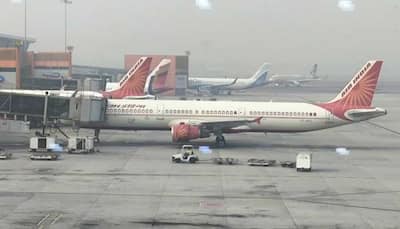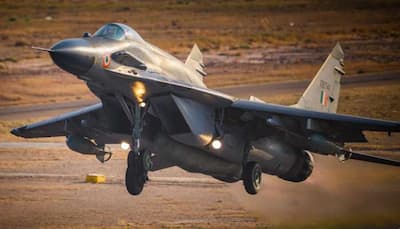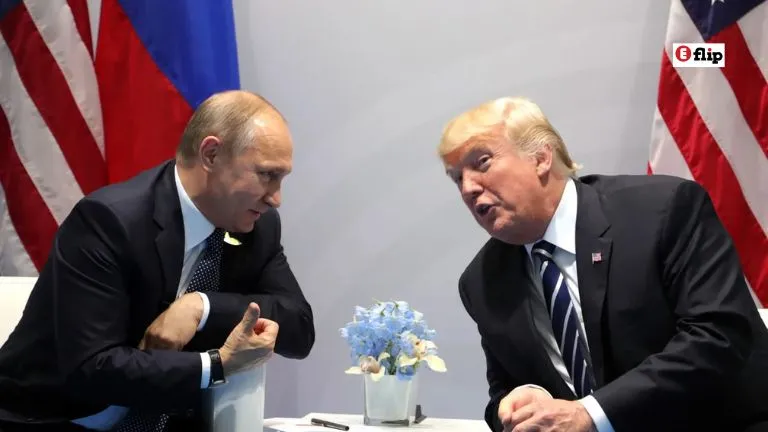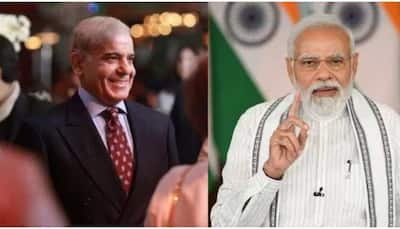Imagine waking up one morning, sipping your coffee, and reading that the U.S. has slapped tariffs on a bunch of penguins and seals living on remote, icy islands while giving a free pass to a global powerhouse like Russia. Sounds like a plot twist from a satirical novel, right? Yet, here we are in April 2025, grappling with President Donald Trump’s latest trade policy that’s got everyone from economists to X users scratching their heads. On April 2, Trump announced a sweeping set of reciprocal tariffs targeting over 180 countries and territories, including some of the most desolate specks of land on Earth—like the Heard and McDonald Islands—while notably leaving Russia off the hook. This isn’t just a quirky headline; it’s a decision that’s sparking debates, memes, and serious questions about America’s economic strategy. Let’s unpack this tariff tango, humanize its impact, and figure out why penguins are paying the price while Putin skates free.
The Tariff Bombshell Drops
It all went down in the White House Rose Garden on April 2, 2025. Trump, with his signature flair, unveiled what he called “Liberation Day”—a bold move to impose a 10% baseline tariff on all U.S. imports, with steeper rates for countries he claims have been “ripping off” America. Cambodia got hit with 49%, Vietnam 46%, China an eye-watering 54% (adding 34% to existing tariffs), the EU 20%, and India 26%. But the real jaw-dropper? The inclusion of places like the Heard and McDonald Islands, an Australian territory so remote it’s closer to Antarctica than Perth, with a population of zero humans and a thriving community of penguins, seals, and seabirds. These tariffs target uninhabited islands, raising eyebrows and prompting a flood of sarcastic posts on X like, “Finally, someone’s standing up to those freeloading penguins!”
Meanwhile, Russia—yes, that Russia, with its ongoing geopolitical tensions and a trade deficit with the U.S. of $2.5 billion (per government data)—gets a pass. No new tariffs. Nada. The White House says it’s because sanctions from the Ukraine war already choke trade to “near zero,” but that explanation feels flimsy when you consider Iran, also heavily sanctioned, still got slapped with a 10% tariff. So, what’s going on here? Why are Trump’s tariffs targeting uninhabited islands while sparing a nation that’s been a thorn in America’s side for years?
Penguins vs. Putin: The Absurdity of It All
Let’s zoom in on the Heard and McDonald Islands for a moment. Picture this: volcanic peaks piercing through glaciers, waves crashing against rocky shores, and colonies of king penguins waddling about, blissfully unaware that they’re now part of a global trade war. These islands, a UNESCO World Heritage site, are so pristine they’ve never been touched by invasive species or human settlement. The only “exports” might be the occasional fish caught by Australian researchers who visit once in a blue moon. Yet, Trump’s tariffs target uninhabited islands like these with a 10% levy, as if they’re somehow gaming the U.S. economy. Social media erupted with quips—“Tariff the seagulls next!”—but beneath the humor lies a real question: how did this even make the list?
Contrast that with Russia. A country with a complex web of sanctions, sure, but one that still manages to export raw materials like oil and gas through third parties. The U.S. hasn’t imported Russian crude since 2022, but global trade isn’t that simple—India and China still buy Russian oil, and some of it trickles into American supply chains indirectly. If Trump’s tariffs target uninhabited islands with no trade footprint, why not hit Russia with secondary tariffs to tighten the screws? Experts like University of Michigan economist Justin Wolfers estimate these tariffs will act like a $5,000 annual tax on the average American household, so sparing Russia while taxing penguins feels like a head-scratcher—or worse, a deliberate dodge.
The Human Cost: From Penguins to Paychecks
Let’s bring this home. Tariffs aren’t just numbers on a White House chart; they’re a gut punch to everyday people. Take Sarah, a single mom in Ohio who works at a Walmart stocking shelves. She’s already stretching her budget to cover groceries and rent. Now, with Trump’s tariffs targeting uninhabited islands and major trade partners alike, the cost of her kids’ sneakers—sourced from Vietnam—or the cheap electronics she relies on from China is about to skyrocket. Fitch Ratings predicts the U.S. tariff rate will jump from 2.5% to 22%, the highest in over a century. That’s not a “golden age” for Sarah; it’s a squeeze she can’t afford.
Then there’s Mike, a small business owner in Texas who imports auto parts from the EU. With a 20% tariff looming, his costs are spiking, and he’s got two choices: eat the loss or pass it on to customers already reeling from a 25% tariff on foreign cars (effective April 3). Mike’s not laughing about tariffs targeting uninhabited islands; he’s sweating over whether he’ll make payroll. The absurdity of taxing penguin habitats while Russia slides by only adds insult to injury—why prioritize a symbolic flex over a strategic foe?
Why Russia Gets a Pass
So, why the Russia exemption? The White House line is that sanctions already do the job, but that doesn’t hold water when you dig deeper. Posts on X speculate everything from “Trump’s a Putin puppet” to “he’s saving Russia for a bigger play.” The truth might be simpler—and messier. Trump’s hinted at secondary tariffs on countries buying Russian oil if Ukraine talks fail, per a March 31 Newsweek interview, suggesting he’s holding Russia as a bargaining chip. But with tariffs targeting uninhabited islands already in motion, it’s hard to see this as a masterstroke rather than a misstep. Russia’s exclusion stands out like a sore thumb when Lesotho, a tiny African nation with negligible U.S. trade, gets a 50% hit because its “tariffs” (really just a trade deficit calculation) supposedly justify it.
Some analysts point to politics. Trump’s base loves the tough-on-trade rhetoric, but picking a fight with Russia might muddy his “peace through strength” narrative. Others whisper about oligarch ties or a nod to Elon Musk’s pro-Russia leanings—unproven, but juicy enough to fuel X chatter. Whatever the reason, sparing Russia while Trump’s tariffs target uninhabited islands feels less like strategy and more like a stumble, leaving Americans to foot the bill.
The Global Ripple Effect
This isn’t just America’s problem. Australia’s PM Anthony Albanese quipped, “Nowhere on earth is safe,” after seeing his country’s territories—like Norfolk Island, population 2,188—slapped with tariffs up to 29%. Vietnam, a footwear giant, now faces a 46% hit, meaning your next pair of Nikes could cost an extra $50. China’s 54% tariff will jack up everything from phones to toys, while the EU’s 20% could make that German beer pricier at your local bar. Trump’s tariffs targeting uninhabited islands might be a punchline, but the global economy isn’t laughing—Fitch warns of recessions looming for smaller nations caught in the crossfire.
Back home, the stock market tanked after the announcement. The S&P 500 dropped over 5% in March, per Yahoo Finance, as investors panicked over what Evercore ISI calls a 29% effective tariff rate—the highest since the Smoot-Hawley days of the 1930s. That’s not “making America great”; it’s making Americans nervous. And all the while, Russia watches from the sidelines, untouched.
A Personal Reflection
I can’t help but think of my cousin, a truck driver who hauls goods across state lines. He’s already griping about fuel costs, and now he’s worried about how tariffs targeting uninhabited islands and beyond will hike the price of everything he moves. “Who’s this helping?” he asked me over Easter dinner. I didn’t have a good answer. The disconnect between taxing penguins and sparing Putin feels like a cosmic joke—one we’re all paying for, whether we’re in Ohio, Texas, or a penguin colony 1,000 miles north of Antarctica.
What’s Next?
Trump’s tariffs targeting uninhabited islands might fade into meme history, but their impact won’t. Congress could step in—Republicans like Mitch McConnell have grumbled about the Canada tariffs—but don’t hold your breath. For now, we’re stuck with a policy that’s as baffling as it is expensive. Will Trump double down, or will he tweak this tariff tango to make sense? Only time will tell.
Want to stay on top of this wild trade saga? Head over to eflip.in for real-time updates and sharp analysis on how Trump’s tariffs target uninhabited islands, spare Russia, and everything in between. Don’t let the penguins—or the prices—catch you off guard!








